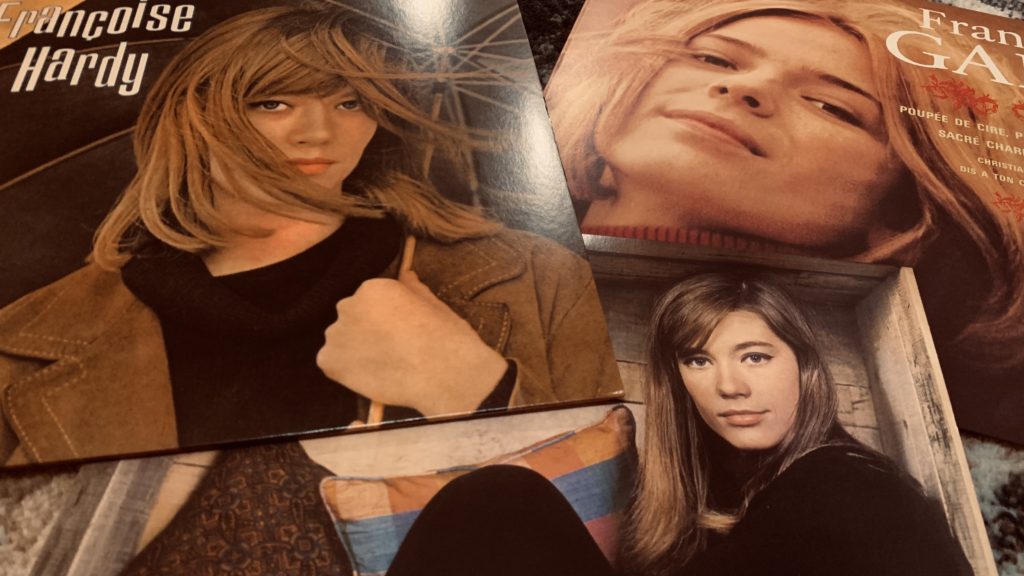
Though The Beatles would not play their first show in France until January 1964, their influence began to creep across the English Channel during the previous year. It was in the summer of 1963 that the term “yé-yé” first became attached to a new brand of French pop music – one that drew considerable influence from the lively sounds of the British Invasion, and in particular, the mop-topped quartet who had made the phrase “yeah yeah yeah” a clarion call for a generation of European youth.
In actuality, the “yé-yé” sound had been fermenting for at least a few years before “She Loves You” hit French airwaves and record store shelves. In late 1959, the radio program Salut les copains began a decade-long broadcasting run – one aimed directly at French teenagers. Wildly popular with the nation’s youth, the show brought the sounds of a new wave of French pop stars to a highly receptive audience, five days a week.
Initially appearing as a more youthful update on the sophisticated chanson stylings of the previous generation, these artists quickly began incorporating the livelier motifs of their British and American brethren. By the mid-sixties, yé-yé hits were awash in the booming drums and fuzz guitar sounds of garage rock, and by the end of the decade, yé-yé artists frequently found themselves embracing the wilder tones of psychedelia.
Like “Beatlemania” beforehand, the influence of yé-yé spread rapidly across Western Europe, before ultimately becoming a global pop phenomenon – eventually influencing music scenes as far away as Africa, Japan, and the Americas. While yé-yé borrowed heavily from the sounds of British and American rock, the cross-cultural influence was reciprocal, as artists like The Beatles, Bob Dylan, and The Zombies would openly incorporate the baroque affectations of French pop into their own recordings from the mid-to-late sixties.
The yé-yé movement would produce several iconic figures, and while no story of the scene is complete without a thorough discussion of the influence of artists like Serge Gainsbourg, Claude François, and Jacques Dutronc, this feature specifically focuses on the work of the so-called “yé-yé girls”: including France Gall, Sylvie Vartan, and Françoise Hardy. Each of these women would become international stars during the sixties, but it’s Hardy, in particular, whose catalog and talent tower over the yé-yé movement. Accordingly, her work will garner the most attention.
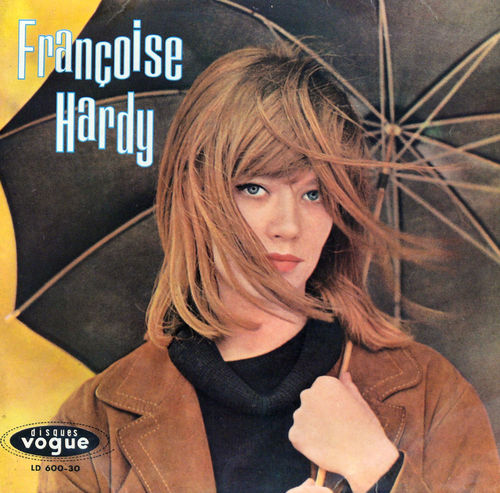
While it wasn’t necessarily the first yé-yé hit, the success of “Tous les garçons et les filles” – and its star-making turn for Françoise Hardy – represented the arrival of something decidedly new in French pop music. Co-written by Hardy – whose frequent writing of her own material made her an anomaly among female pop stars of the era – the song practically revels in the kind of melodramatic zeal that could only work in the hands of a budding, eighteen-year-old prodigy.
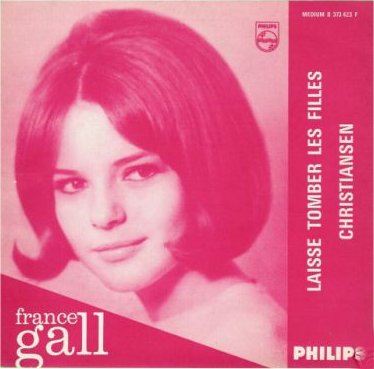
Written by Serge Gainsbourg – the architect of several of yé-yé’s biggest hits, and an accomplished performer in his own right – “Laisse tomber les filles” is a slinky, sinister highlight of France Gall’s catalog. Still a minor when the song was released, Gall’s collaborations with Gainsbourg would often straddle the line between innocent fun and lechery, but this track stands as a classic pop single – undoubtedly one of the finest that the yé-yé movement had to offer.
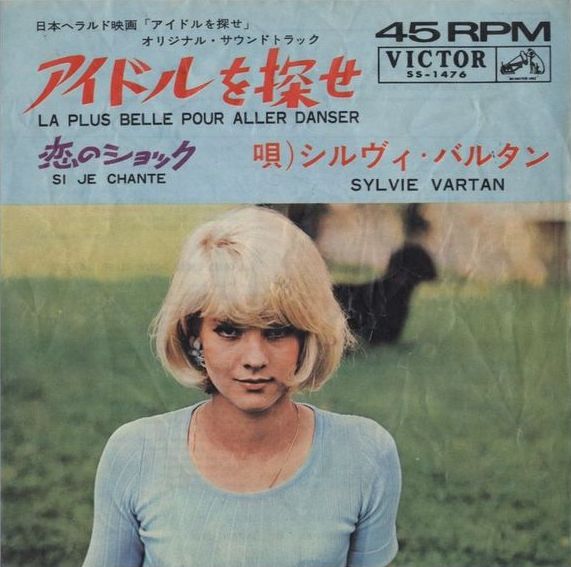
Born in Bulgaria, Sylvie Vartan emigrated to France at the age of eight, with dreams of becoming a film/music star. In time, she would become an icon – one of the most successful French entertainers of her time. Pulled from the soundtrack of 1964’s Cherchez l’idole – a film in which she also appeared – “La plus belle pour aller danser” would become an international hit, reaching the top of the charts in France and Japan.
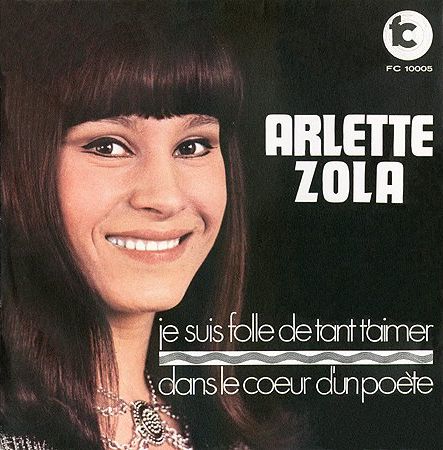
Arlette Zola was not one of the biggest names on the yé-yé scene, but “Je suis folle de tant t’aimer” shows the considerable, lasting influence of the style, in that it arrived well after the genre’s peak and was sung by a Swiss-born artist. Like several of the songs on this feature, the sprightly track appeared on the excellent 2010 compilation, C’est chic!, released by the Ace label.
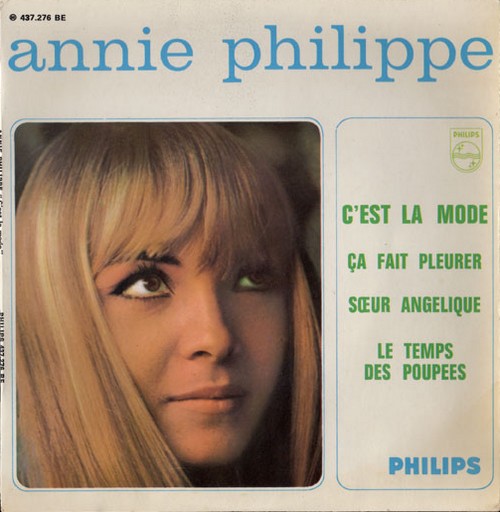
Annie Philippe’s signature song – and the title track to her lone full-length record – shows the connection between yé-yé and the garage rock that was de rigueur on both sides of the Atlantic by 1966. Its fuzz guitar and anthemic chorus give “C’est la mode” a celebratory feel that makes it one of the more electrifying tracks from the movement.
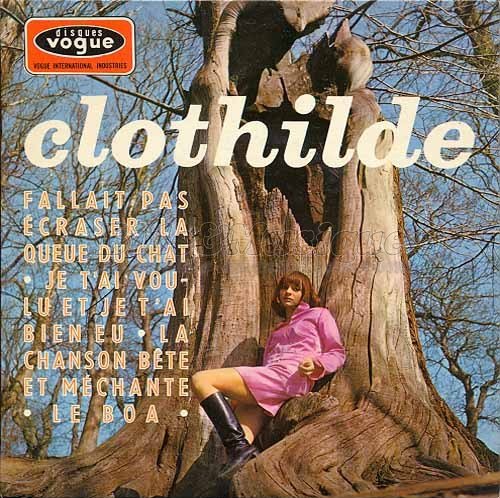
The debut single by Élisabeth Beauvais – a.k.a Clothilde – would also serve as the title track to the Parisian vocalist’s first album. Incorporating elements of the baroque and psych affectations of contemporary British pop, “Fallait pas écraser la queue du chat” is an enchanting track that indulged in the more “out there” elements of the time, but nevertheless remained wholly accessible.
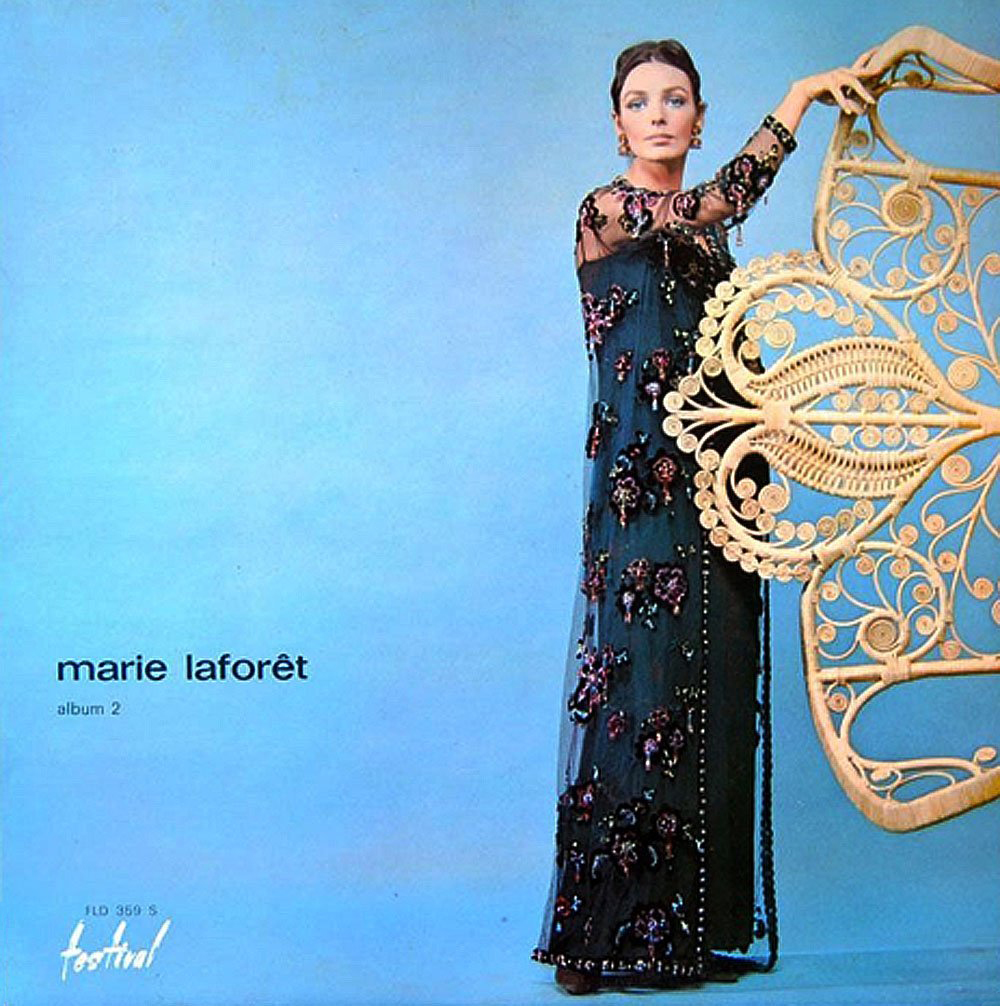
Marie Laforêt would become one of the most recognizable stars of French music and film during the 1960s, and this B-side to her 1965 single, “Julie Crèvecoeur,” stands as one of the most charming tracks in her extended catalog. Another song that mixes elements of garage rock and classic pop, “À demain My Darling” is among Laforêt’s signature recordings.
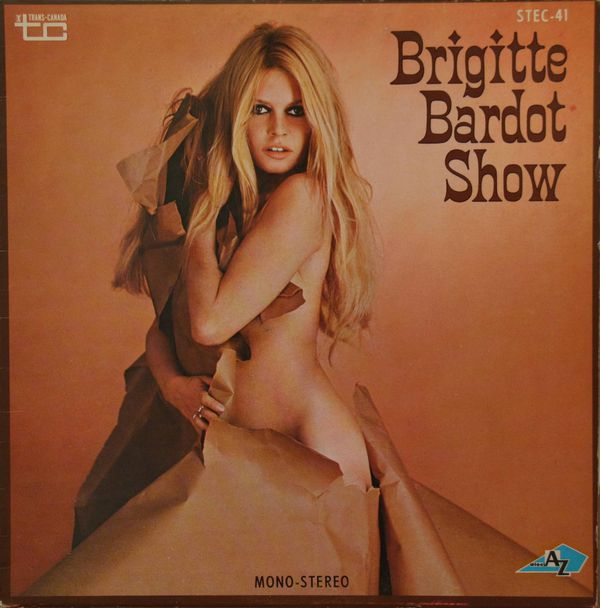
While better known as an actress, model, and international sex symbol, Brigitte Bardot also had a successful singing career at the height of her fame. The opening track to 1967’s Brigitte Bardot Show, “Harley Davidson” is notable for its driving groove, nods to Indian-inspired pop, and a bass sound that mimics the inspiration of the song’s title.
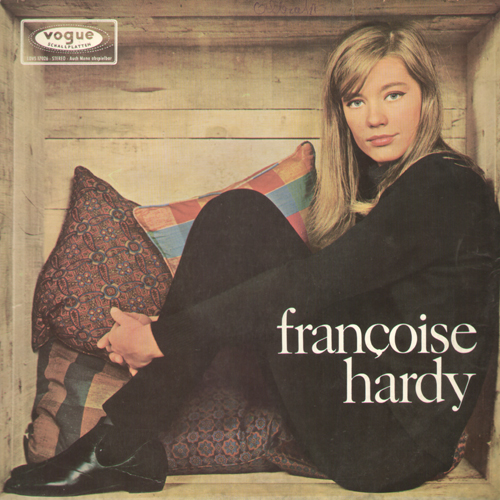
One might be forgiven for thinking that yé-yé was more artifice than art – except in the case of Françoise Hardy. A consummate talent, Hardy released a string of outstanding LPs during the sixties and early-seventies. While her later records may be slightly more revered, 1964’s self-titled album – a.k.a. Mon amie la rose – is a front-to-back classic. An early album highlight, “Tu n’as qu’un mot à dire” displays Hardy’s adept compositional skill, on top of her typically-outstanding vocal work.
Though her career might have lacked the longevity of some of her more iconic contemporaries, the Tunisian-born Jacqueline Taïeb turned in one of the finest albums of the yé-yé scene with her self-titled 1967 debut. “Ce soir je m’en vais” hits the sweet spot, with its lush arrangement, melancholic lyrics, and appealing melodic charms.
The A-side to her first single, “Chica Ye-Yé” is Conchita Velasco’s signature track, and one of the best-known exemplars of Spanish yé-yé. Something of a throwback to the brazen rock & roll sound of the late-1950s/early-1960s, the song may lack the finesse of some of the other tracks on this playlist, but it makes up for it with brute force and kinetic energy.
Another throwback to the wild energy of early garage rock legends like The Sonics, Anna Karina’s “Roller Girl” was a highlight of the soundtrack to the 1967 film, Anna. Better known as an actress – she played the title role in the aforementioned movie – Karina does a thoroughly convincing impression of a scruffy rock vocalist on this charming track.
Another great yé-yé track from a Spanish-born vocalist, the dramatic “Corazón contento” is one of the definitive tracks from Marisol. Incorporating lush strings and callbacks to Spanish folk stylings, the song comes off as fitting for the hazy, psychedelic late-sixties in which it arrived.
One of the latest recordings from this playlist, “Brillará de nuevo el sol” – like the previous “Corazón contento” – mixes unmistakably Spanish influences into a richly dramatic soundscape that is little short of transportive. The highlight of Karina’s 1970 debut LP, Colores, it’s a rewarding track from an artist with a long – but largely forgotten – discography.
Undoubtedly influenced by bossa nova and jazz stylings, Ria Bartok’s “Écoute mon cœur” sounds as effortless as it is enchanting. Gliding along on a gentle melody and a weightless string arrangement, the track rejects the seemingly temporal trappings of contemporary pop, and instead, goes for a sophisticated sound that feels timeless.
Scandinavian yé-yé? Sure, why not? Hailing from Helsinki, Ann-Christine Nyström may not have come from a hotbed of sixties pop, but the Finnish vocalist earned a degree of international success after performing this track in the 1966 Eurovision contest. “Playboy” might not be the best song on this list – it’s not – but there is an endearing quality to it nevertheless, that is sold by Nyström’s enthusiastic vocals.
Another great garage rock-inspired stomper, “Partie de dames” is a standout track from Liz Brady. Born in Cairo, Egypt, Brady would become a minor star of the yé-yé scene with a series of EPs in the mid-sixties. While she’s little-known today, “Partie de dames” makes a compelling case for a deeper examination of her catalog.
One of the most exuberant tracks on this playlist, “Les filles c’est fait pour faire l’amour” was the B-side to Charlotte Leslie’s 1967 single, “Ça m’est egal.” Another prime example of the influence of American and British garage rock on the yé-yé movement, it’s an addictive jolt of energy from a second-tier star of the scene.
We’re still in garage rock territory here, and on “7 heures du matin,” Jacqueline Taïeb makes clear references to The Who, Elvis Presley, and even shares a desire for Paul McCartney to help out with her English homework. There’s an unflinching “cool” to the track, even though its singer was still a mere eighteen-years-old at the time of its release.
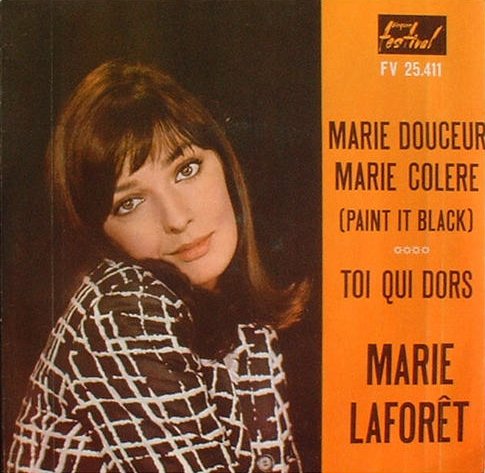
An even more overt homage to contemporary British rock, “Marie douceur – Marie colère” is a re-write of The Rolling Stones’ still-recent “Paint It Black.” Recast as “Marie Sweetness – Marie Anger,” Marie Laforêt’s version retains the darkly mysterious and highly propulsive nature of The Stones’ original.
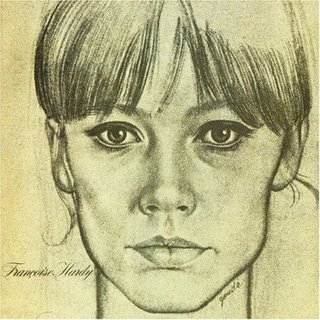
With her 1968 release, Comment te dire adieu, Françoise Hardy created what many observers consider to be the best album-length statement of her career. Its opening title track is a hypnotic and lush career highlight. While it’s not one of her own compositions – unlike the other three Hardy tracks on this list – it remains one of her signature recordings.
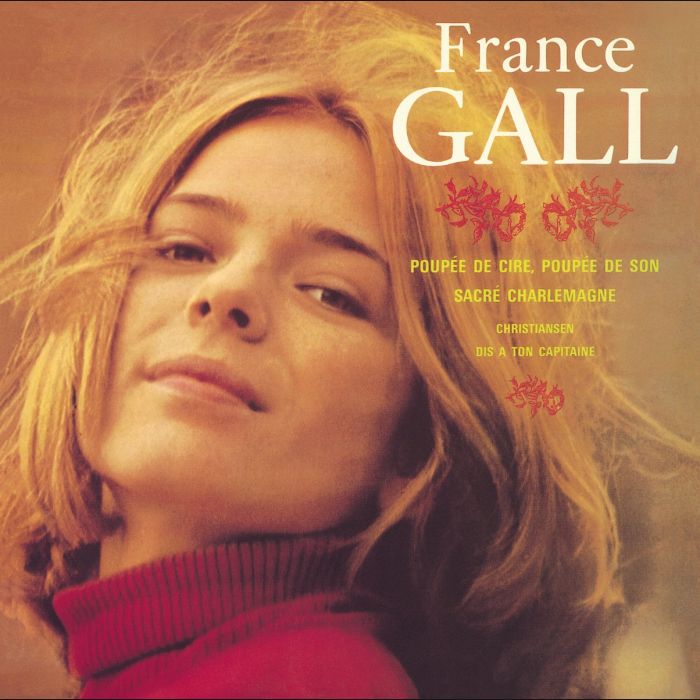
Written by Serge Gainsbourg, “Poupée de cire, poupée de son” (“Wax Doll, Rag Doll”) is seen by many as a sly reference to the control that Gainsbourg – and other songwriters – exercised over young yé-yé performers like France Gall. While Gall would remain under the wing of Gainsbourg throughout much of her successful career, her work of the late-sixties would find her expressing more creative input and independence.
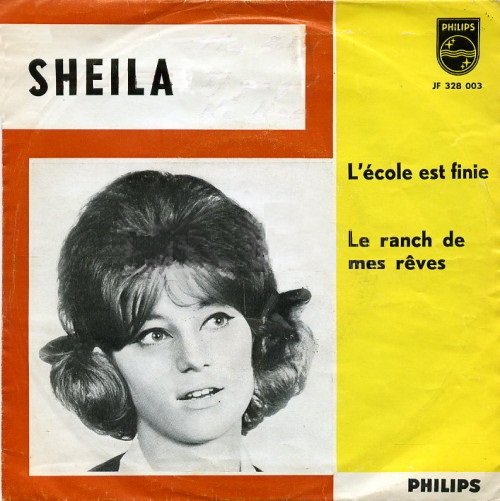
Known professionally as “Sheila,” Annie Chancel would launch a long and successful career – one that continues to this day – during the initial wave of the yé-yé scene. The high-energy “L’école est finie” is definitely a product of its moment in time, but it remains one of Sheila’s best-remembered recordings.
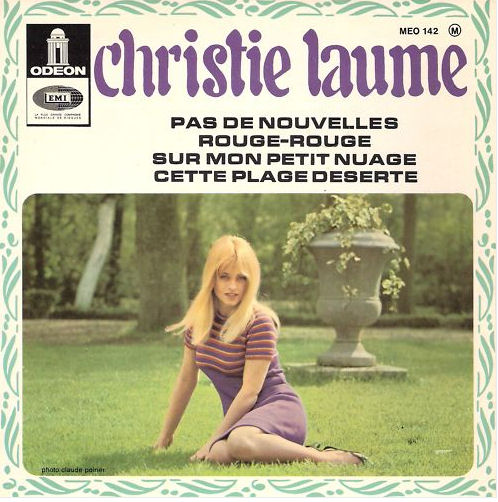
The highlight of her 1967 EP, “Rouge rouge” is arguably the best-known track from Christie Laume – who had a brief, but fruitful career during the mid-sixties. A mix of garage and psychedelic pop, the song is as much a showcase for the ramshackle instrumentation as it is for Laume’s commanding voice.

The best moments in Brigitte Bardot’s singing career tend to be those most closely associated with Serge Gainsbourg. Like the aforementioned “Harley Davidson,” the closing “Contact” stands as a high-water mark of 1967’s Brigitte Bardot Show. Gainsbourg’s composition, and an inventive arrangement by Michel Colombier, serve as a perfect complement to Bardot’s limited, yet compelling, vocals.

Of course I was going to end with the artist who clearly outclassed all of her contemporaries. Far more than just the central figure of the yé-yé movement, Françoise Hardy was one of the great pop stars of the sixties. Some may question why I didn’t choose to end this set with her classic take on Cécile Caulier’s “Mon amie la rose” – which closes her 1964 LP of the same name – but, for my money, “Dans le monde entier” is an even more alluring track. Written by Hardy – and also a hit in its 1965 English-language incarnation, “All Over the World” – “Dans le monde entier” is a stunner: delicate, haunting, and absolutely gorgeous.

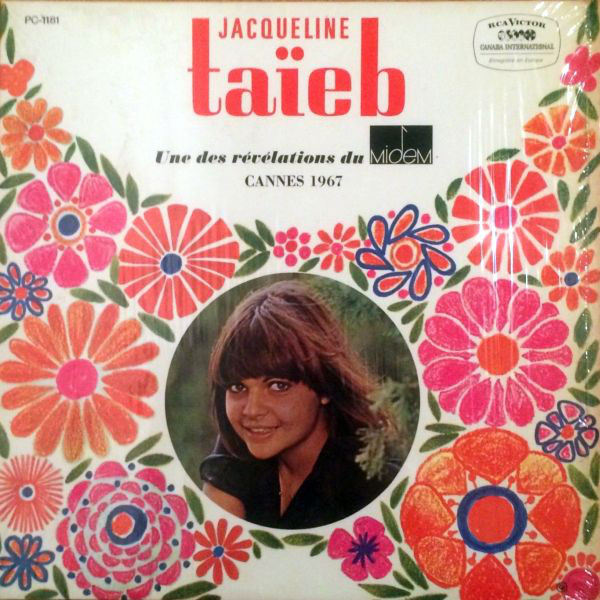
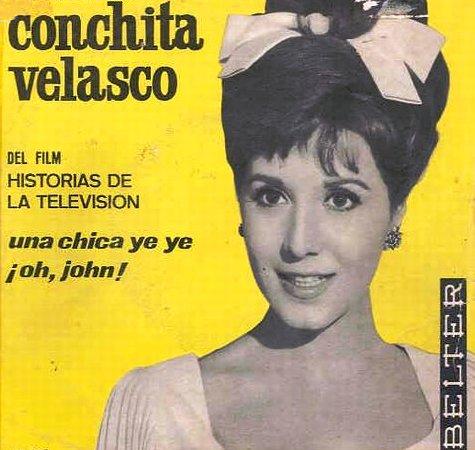
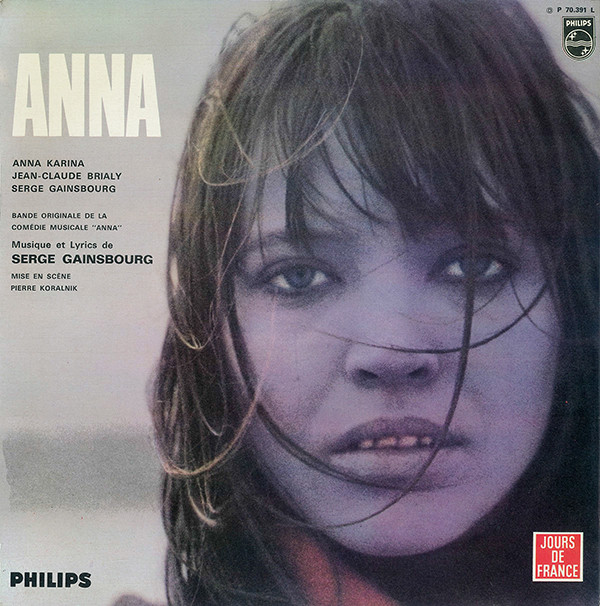
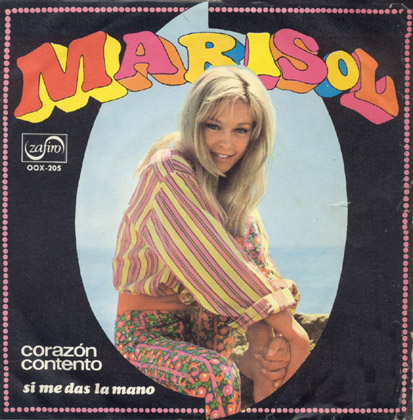
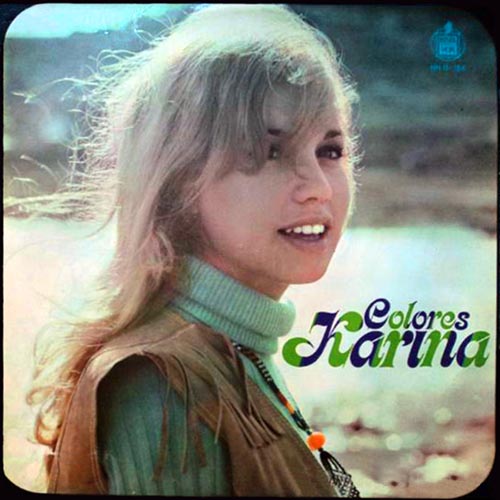
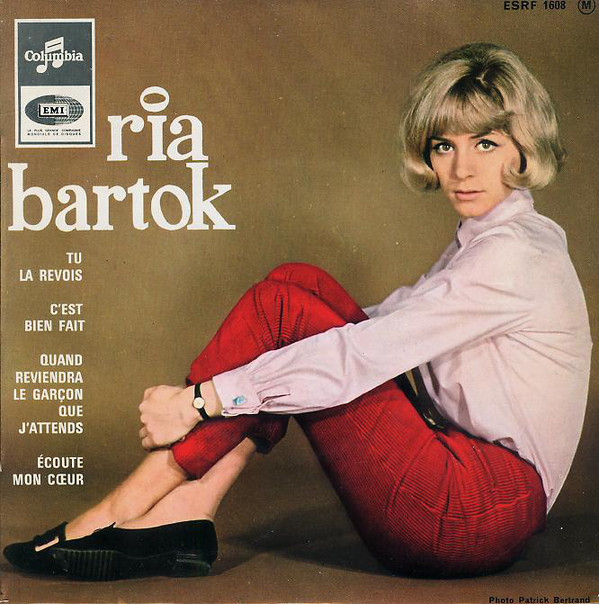
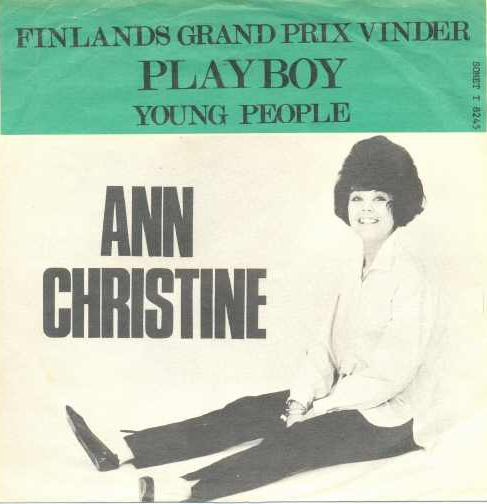
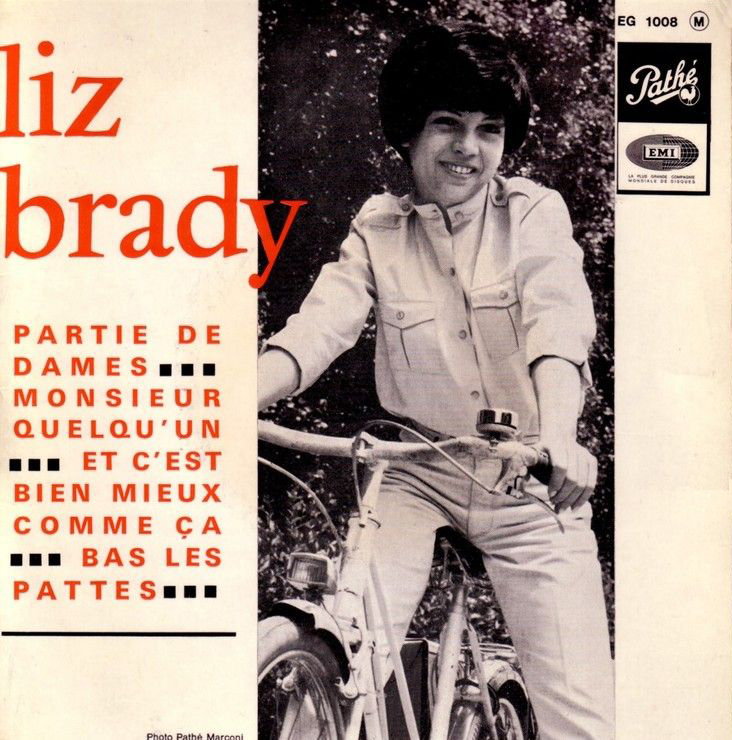
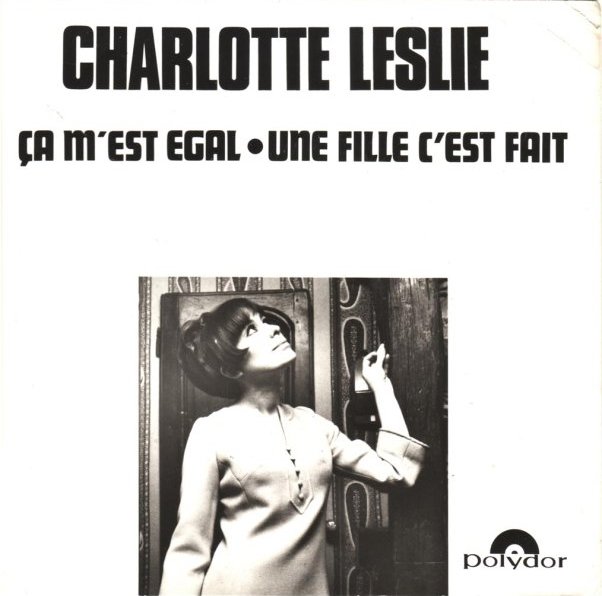

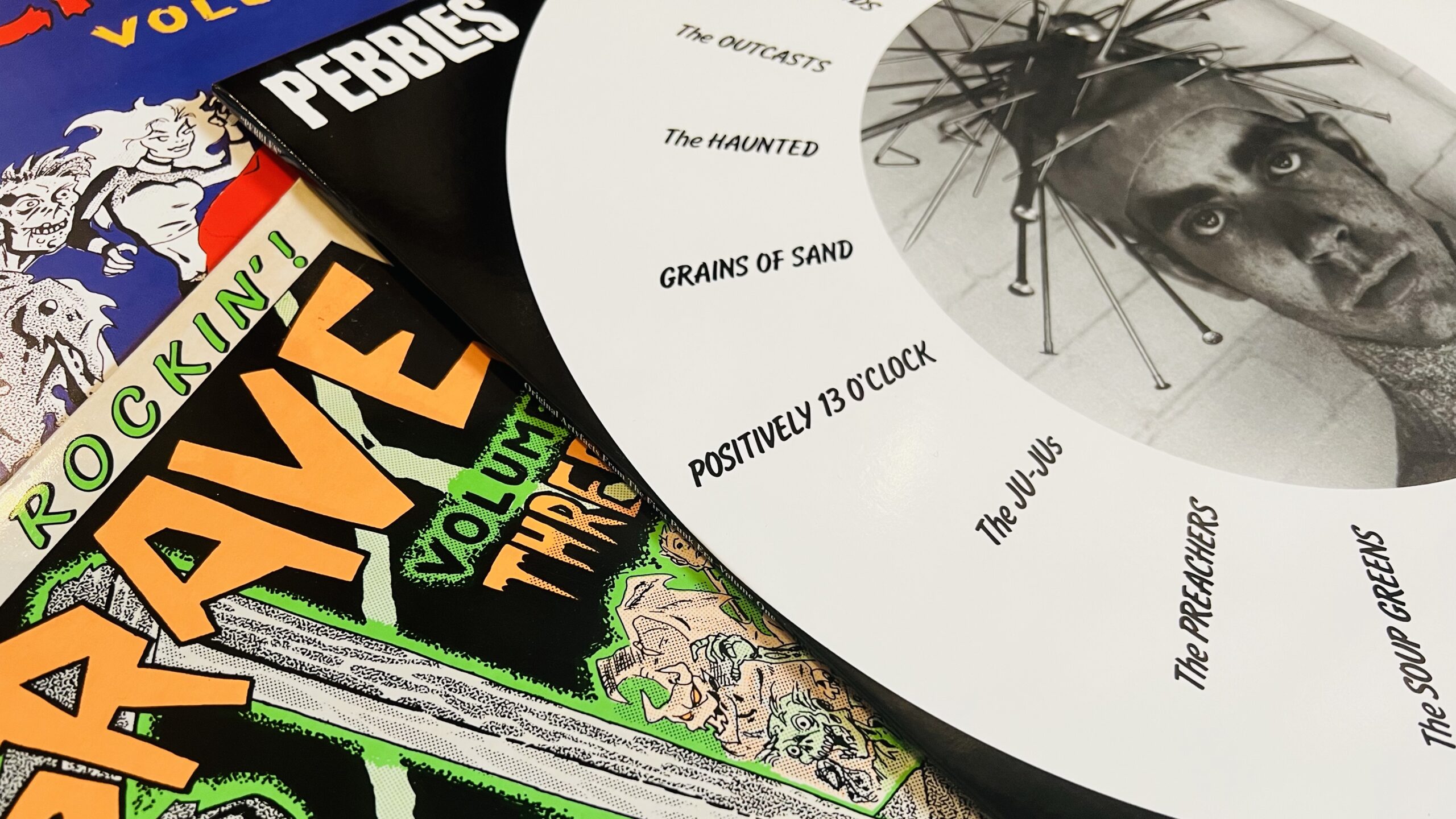
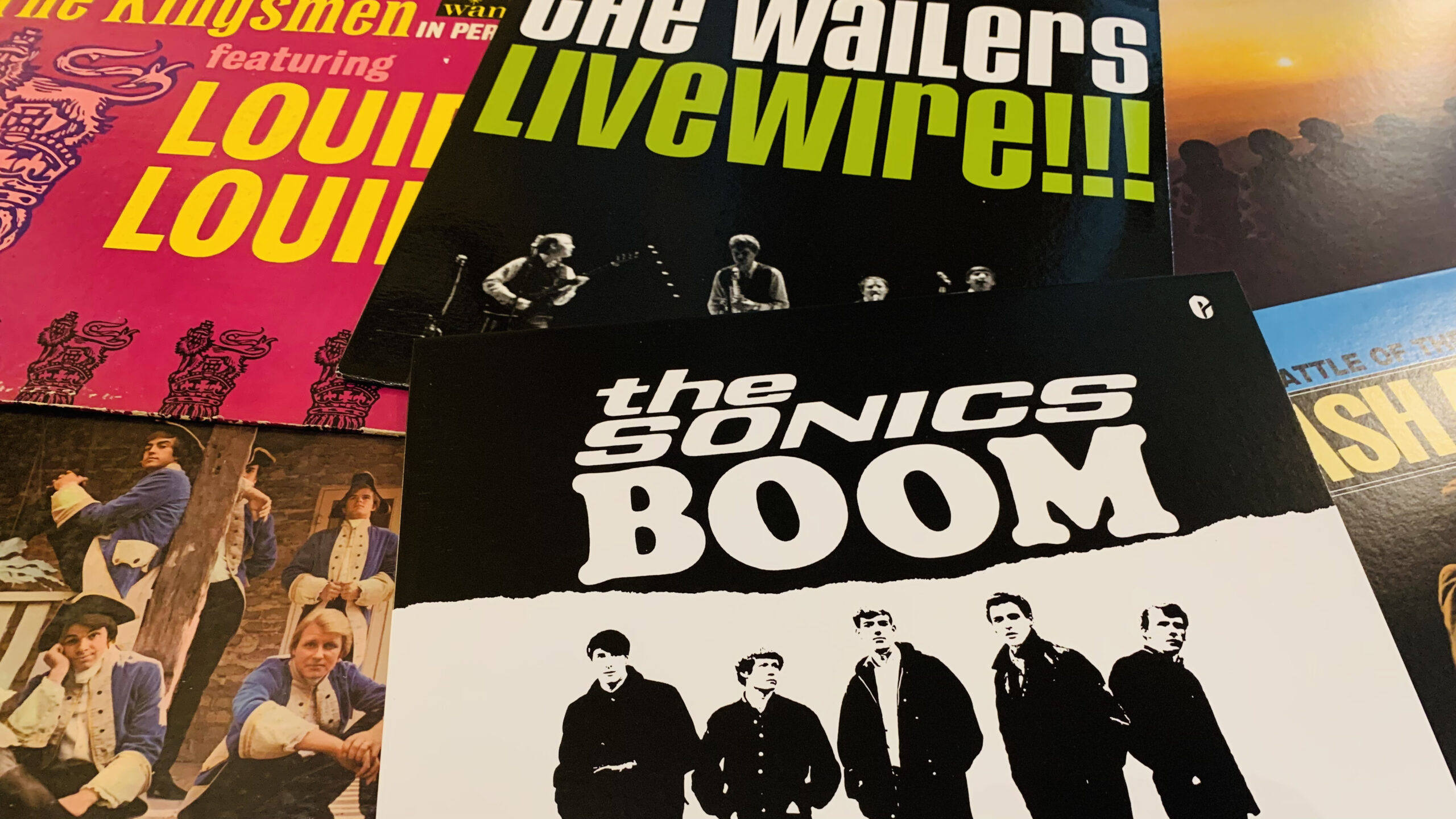

Hi there
Great to see this coverage on the web for a genre that is still very much misunderstood by anglophones. Thanks for sharing this. If you can excuse the blatant plug, if this is your bag, you might be interested in my new book, French Pop: From Music Hall To Ye-Ye, which tells the story of how the French got from chanson to ye-ye. It should be available from most booksellers.
Keep up the good work.
G.